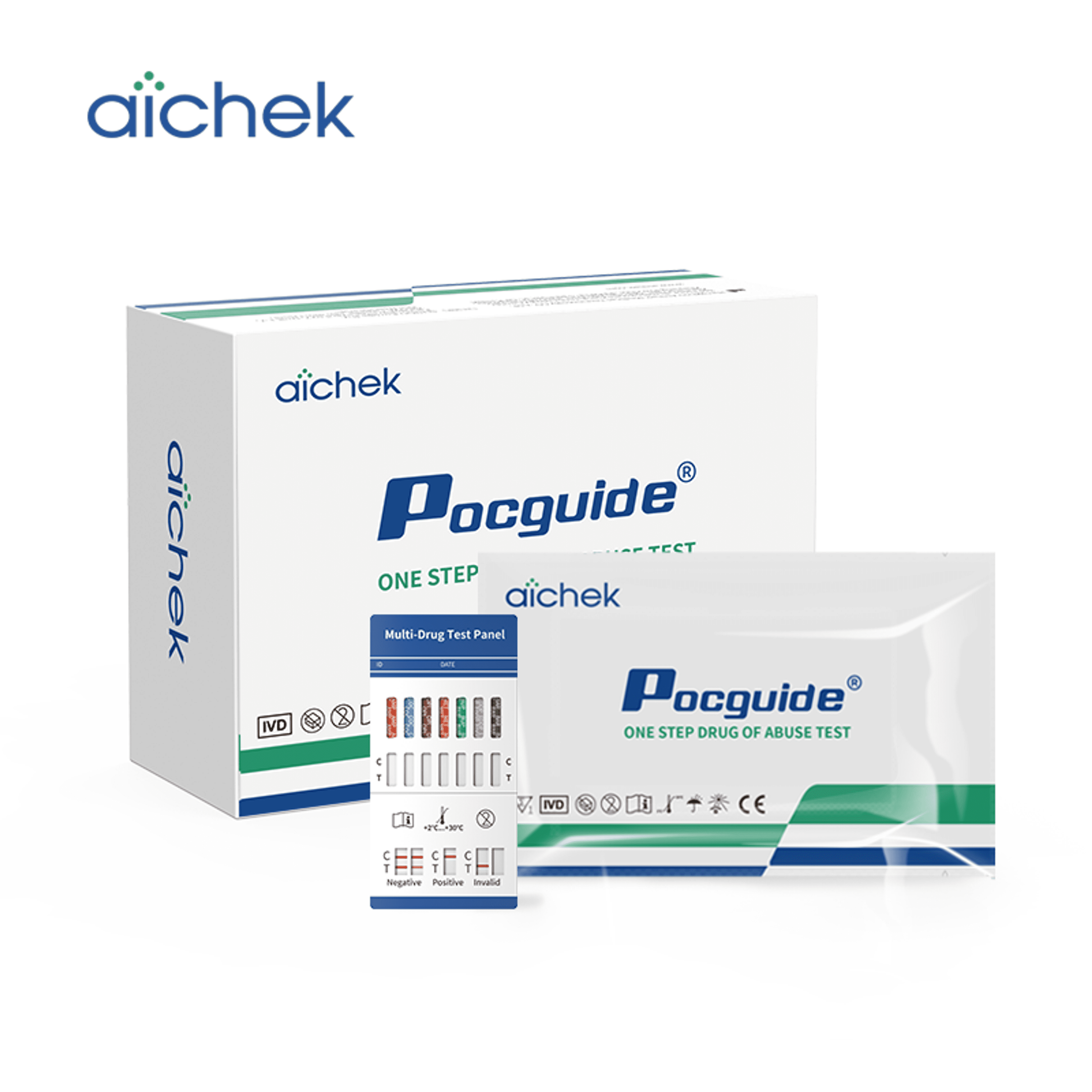
Get A Quote
What Is the Most Common Pre-employment Drug Test
What are the most common drug tests for employment? It is an invisible yet pivotal process in the hiring landscape, unveiling a clandestine but prevalent aspect of job screenings. From the mundane to the innovative, various methods exist, each with its peculiarities and limitations. Dive into the realm of the most common pre-employment drug test to unravel the mysteries behind this crucial step in securing employment.
The Most Common Drug Test for Employment
A pre-employment drug test is used to determine if a prospective hire uses illicit substances or abuses prescription medication. It may also be used for employees who are returning to work after an injury or absence, at which time it may be referred to as a pre-placement drug test. It is common for employers to require a job candidate to complete a pre-employment drug test, and a job offer may be contingent upon the applicant’s ability to pass. These drug tests typically screen for the use of the following illegal drugs (but can test for others if needed):
Methamphetamines (meth, speed, crank, ecstasy)
THC (cannabinoids, marijuana, hash)
Cocaine (coke, crack)
Opiates (heroin, opium, codeine, morphine)
Phencyclidine (PCP, angel dust)
How to Do a Drug Test at Home?
Using a home drug test is remarkably straightforward. All you'll require is a test subject, fresh urine, and a test card. Here's a breakdown of the simple steps involved:
Collecting the Sample: You have the task of collecting your own urine or asking someone else for a sample. Utilize a clean plastic or paper cup for the sample collection, such as a Dixie cup or party cup. Alternatively, any clean cup available can be used for this purpose.
Allow Cooling: Let the urine cool to room temperature before testing to ensure accurate results. Most instructions advise using the sample within 24 hours. If the test card was refrigerated, it's wise to let it attain room temperature before proceeding.
Unpacking: Open the kit and take out the card from its packaging. Remove the plastic cap from the bottom of the card where the strips are situated. Submerge the test card in the urine sample with the arrows pointing downward for approximately 10 seconds.
Reading Results: Place the saturated test card on a flat surface atop a paper towel. The results should manifest on the card quite promptly. For reliable results, it's recommended to read them within five to ten minutes of testing.
The process is simple and hassle-free, allowing you to conduct a home drug test effortlessly.
How Accurate are Home Drug Tests?
At-home drug tests are capable of identifying the presence of particular drugs in your urine or saliva, yet they lack precision regarding the exact levels of these substances in your system.
Moreover, certain intricate ""designer"" drugs, which are often synthetic or created in laboratories, might escape detection by standard at-home urine tests. This is due to the continuously evolving formulations of these drugs.
It's essential to recognize that no at-home drug test guarantees 100% accuracy. False positives or negatives can occur. To mitigate this, employing multiple tests at varying times throughout the day or week can often be beneficial when encountering a positive test result for yourself or a family member.
Does Fake Pee Work for a Drug Test?
The use of fake urine as a substitute for one's own in drug testing has emerged as a prominent method of tampering. While individuals have historically borrowed clean urine from others, they've encountered surprises when the borrowed urine tested positive for more drugs than expected. The prevalence of this cheating method has led many to inquire, "Can labs detect fake urine?"
Fake urine has become a more convenient and dependable means for manipulating drug tests. It is formulated to replicate both the appearance and composition of authentic urine closely.
Synthetic urine, essentially artificial in nature, mirrors the chemical properties, composition, and visual aspects of human urine. This synthetic alternative serves as a reliable stand-in for real urine in drug tests, primarily because most laboratories do not conduct genetic analyses on specimens. To pass muster, synthetic urine needs to be kept at a temperature around 98°F, resembling the natural body temperature. These conditions mimic those required for genuine urine, thereby eluding detection in standard urine analyses. This ease of use enables individuals to navigate drug tests effortlessly and without complications.
Conclusion
The realm of pre-employment drug tests encompasses various methods, but the most common screens for substances like methamphetamines, THC, cocaine, opiates, and phencyclidine. At-home drug tests offer a simple process involving collecting a urine sample, submerging a test card, and reading the results within minutes, yet their accuracy may vary, lacking precision in detecting exact substance levels and potentially missing certain designer drugs. Meanwhile, the use of fake urine has gained traction due to its ability to mimic authentic urine, closely resembling its chemical properties and appearance, thereby enabling individuals to pass drug tests without detection, as most labs don't conduct genetic analyses on specimens.

